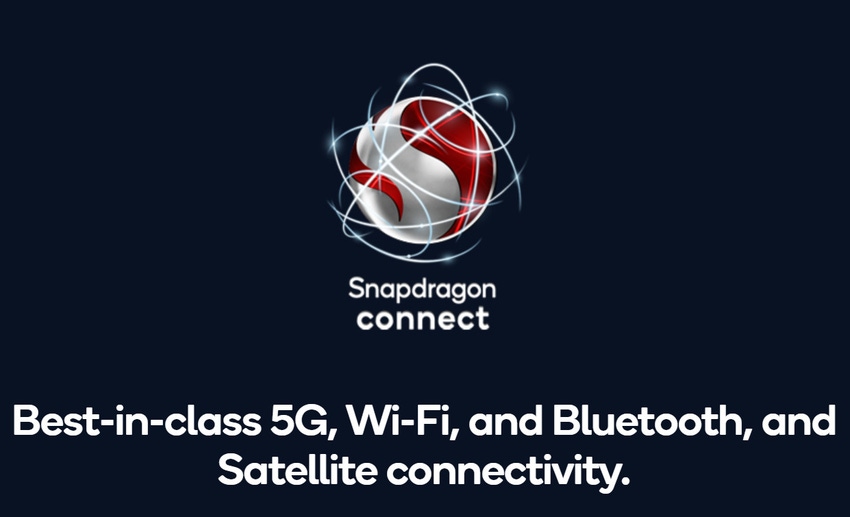US mobile chip giant Qualcomm has used this year’s CES show to show off its diversification efforts, the latest being a move into the satellite connectivity space.
January 6, 2023

US mobile chip giant Qualcomm has used this year’s CES show to show off its diversification efforts, the latest being a move into the satellite connectivity space.
Unsurprisingly, it’s called Snapdragon Satellite and is a platform based on the recently-launched Snapdragon 8 Gen 2 SoC. What it promises seems similar to other satellite-direct-to-phone services, such as the recent Apple launch, except that this platform has Iridium as a satellite partner. Iridium is an established name in the satellite game but has been quiet for a while, a bit like Apple’s partner Globalstar, so this new technological trend seems to be giving that sector a bit of a boost.
“Snapdragon Satellite showcases our history of leadership in enabling global satellite communications and our ability to bring superior innovations to mobile devices at scale,” said Durga Malladi, GM of Cellular Modems and Infrastructure at Qualcomm. “Kicking off in premium smartphones later this year, this new addition to our Snapdragon platform strongly positions us to enable satellite communication capabilities and service offerings across multiple device categories.”
“Iridium is proud to be the satellite network that supports Snapdragon Satellite for premium smartphones,” said Matt Desch, CEO, Iridium. “Our network is tailored for this service – our advanced, LEO satellites cover every part of the globe and support the lower-power, low-latency connections ideal for the satellite-powered services enabled by the industry-leading Snapdragon Satellite.”
They also provided a canned quote from Garmin, but didn’t otherwise bother to nod to them in the press release. Apparently Garmin offers some kind of emergency SOS service. And, like other satellite-direct-to-phone services, the main point of Snapdragon Satellite is to provide a short messaging option when all other forms of connectivity have abandoned the user. Light Reading attended a briefing on the launch, which you can read about here.
Elsewhere at CES, UK smartphone-maker Bullit unveiled its Motorola-branded handset that also supports this kind of satellite messaging. Bullitt Satellite Messenger provides total reassurance that you will have a connection wherever you have a clear view of the sky,” said Richard Wharton, Co-Founder at Bullitt Group.
“Motorola, an iconic brand in the communications industry, has always been at the forefront of identifying new technologies that become an industry standard. We are excited to announce that the next device within the Motorola defy family will be the first device to include Bullitt’s two-way satellite messaging technology.”
The satellite-direct-to-phone market seems very fragmented right now. If all satellite constellations cover the entire world then that’s not a problem, but do they? The sector seems ripe for consolidation and/or standardisation and Peter Kibutu, Advanced Technology Lead for Non-Terrestrial Networks at tech consultancy TTP, reckons that will happen soon.
“Satellite connectivity available today is constrained by individual satellite networks and the proprietary technology and protocols upon which they were built,” he said in an email statement. “This means handset manufacturers are tied to the satellite provider they partner with. The industry is now concurrently developing 5G NTNs as defined by 3GPP Release 17. These networks will be able to provide open access to this technology and will enable new use cases that go further beyond emergency communications.
“Ultimately, this move by Qualcomm is a great short-term solution for the need for satellite communications to plug connectivity blackspots. However, it is the longer-term industry standardisation and convergence, which we will see later this year, that will open up this capability to more devices and drive true mass-market 5G NTNs.”
Get the latest news straight to your inbox. Register for the Telecoms.com newsletter here.
About the Author(s)
You May Also Like








.png?width=300&auto=webp&quality=80&disable=upscale)


_1.jpg?width=300&auto=webp&quality=80&disable=upscale)


.png?width=800&auto=webp&quality=80&disable=upscale)